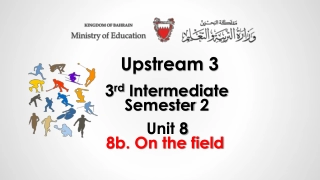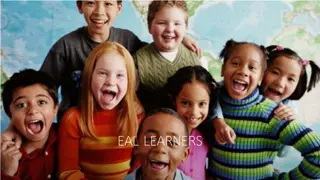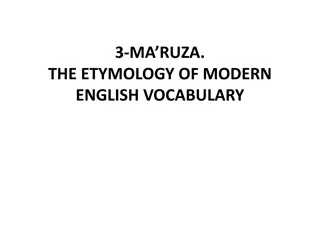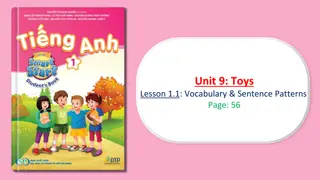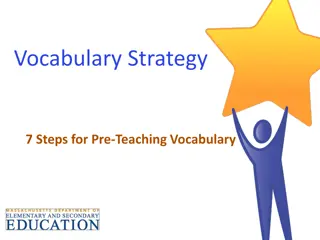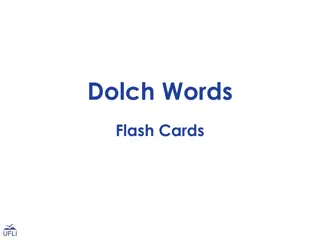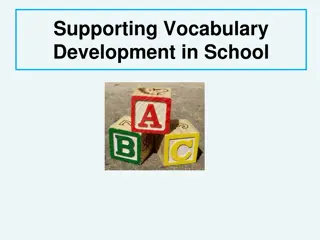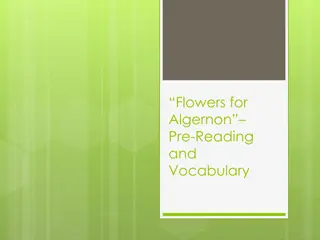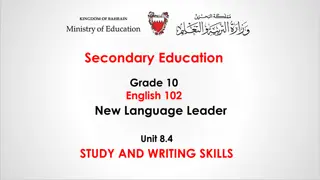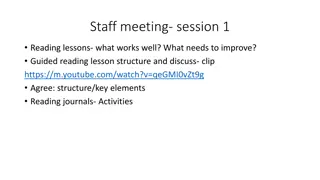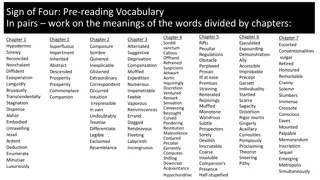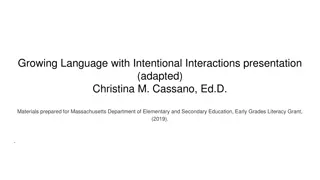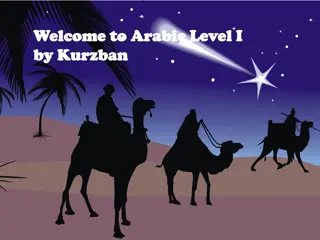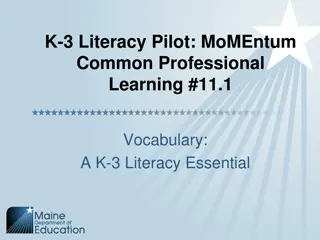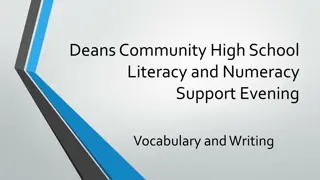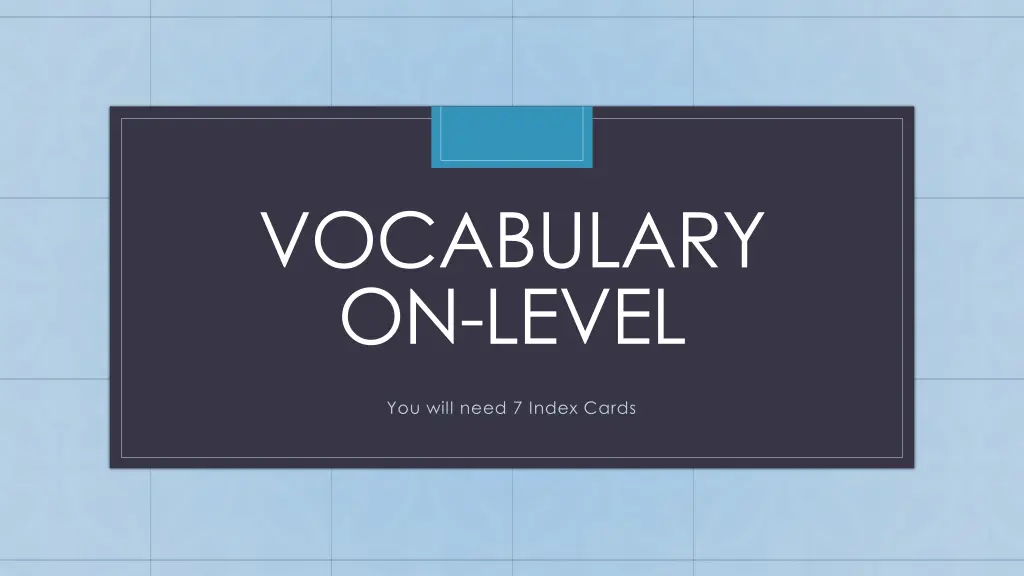
Understand Matter: Atoms, Molecules, Elements, Compounds
Explore the basic principles of matter with topics covering atoms, molecules, elements, compounds, and mixtures. Learn about the nature of atoms, the formation of molecules, and the characteristics of elements and compounds. Distinguish between pure substances and mixtures, and understand the concepts of homogeneous and heterogeneous mixtures.
Download Presentation

Please find below an Image/Link to download the presentation.
The content on the website is provided AS IS for your information and personal use only. It may not be sold, licensed, or shared on other websites without obtaining consent from the author. If you encounter any issues during the download, it is possible that the publisher has removed the file from their server.
You are allowed to download the files provided on this website for personal or commercial use, subject to the condition that they are used lawfully. All files are the property of their respective owners.
The content on the website is provided AS IS for your information and personal use only. It may not be sold, licensed, or shared on other websites without obtaining consent from the author.
E N D
Presentation Transcript
VOCABULARY ON-LEVEL C You will need 7 Index Cards
CCGPS S8P1. Students will examine the scientific view of the nature of matter. a. Distinguish between atoms and molecules. b. Describe the difference between pure substances (elements and compounds) and mixtures.
Atoms An atom is a particle of matter that uniquely defines a chemical element. An atom consists of a central nucleus that is usually surrounded by one or more electrons. The nucleus is positively charged, and contains one or more relatively heavy particles known as protons and neutrons.
What is an atom? https://www.youtube.com/watch?v=R1RMV5qhwyE
Molecules A Neutral Particle made of two or more atoms joined by chemical bonds. Example a molecule of water consists of oxygen chemically bonded to hydrogen.
Elements A substance that cannot be separated into simpler substances by chemical means.
Compounds A pure substance made of two or more elements chemically combined. When elements are chemically combined into a compound, they have properties that are different from when they are not combined.
Elements and Compounds https://www.youtube.com/watch?v=avgFqlNML5o
Pure Substance A substance that is made of only one type of atom or only one type of molecule.
Heterogeneous Mixtures A heterogeneous mixture is made of different substances that remain physically separate. Heterogeneous mixtures always have more than one phase (regions with uniform composition and properties). A mixture of sand and sugar is a heterogeneous mixture. You can see the individual parts.
Homogeneous Mixtures A mixture which has uniform composition and properties throughout. Air is a homogeneous mixture of gases. A teaspoonful of table salt stirred into a glass of water also makes a homogeneous mixture. You can not see the individual parts.
Evaluate: Pure Substances and Mixtures https://www.youtube.com/watch?v=88MBCyiaPSM

